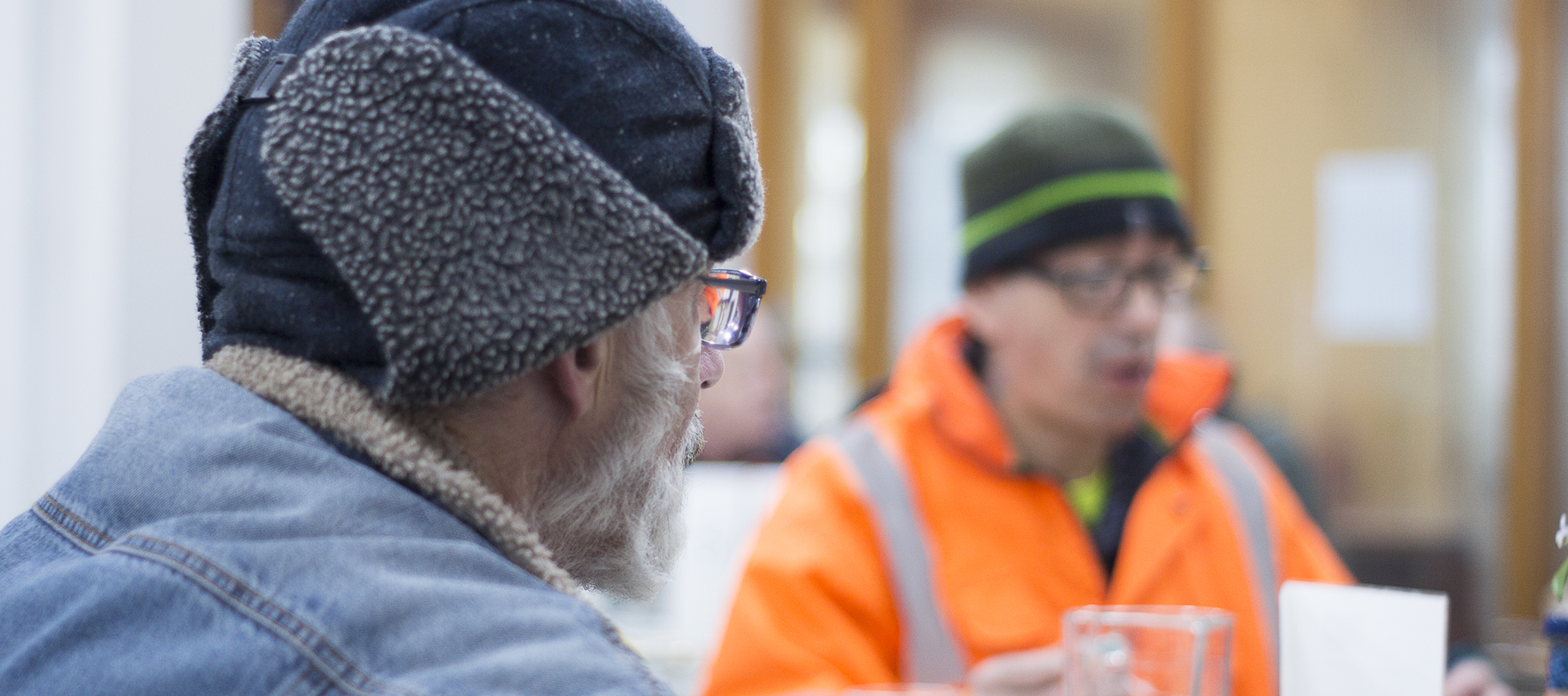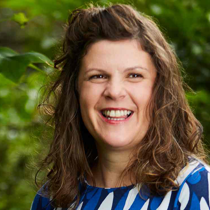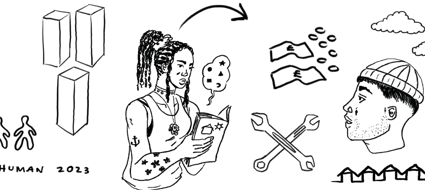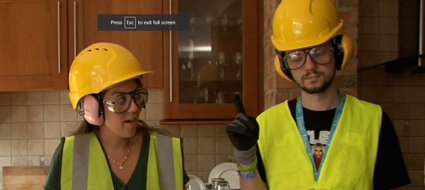Alcohol and drugs are an issue for so many of the families that come into contact with social care services.
As many as half of child protection cases feature parental substance misuse (Research in Practice, 2013), there is a high incidence of substance use issues amongst people with mental health problems (Lankelly Chase, 2015) and amongst offenders (Ministry of Justice/Public Health England, 2017). There is also an increasing number of older people with issues relating to alcohol and/or illicit drug use (DrugScope, 2014). The individuals we support may be also affected by the substance use of a family member.
Galvani and colleagues (2011) have revealed huge shortcomings in the education and training of the social care workforce in relation to substance use, with social workers receiving at best a couple of days’ training on the subject. Since then, Public Health England funded the production of Alcohol and Drug Use: The Roles and Capabilities of Social Workers (Galvani, 2015), and BASW (2018) has produced a Pocket Guide on the topic.
This is a fast-changing, complex and often controversial field: it is easy to feel overwhelmed by the proliferation of new drugs or by the heated debates between different schools of thought. ‘Harm reduction’, ‘recovery’, ‘addiction’ – all of these terms are contested and can give rise to moral, legal and scientific dilemmas.
In the upcoming Research in Practice recorded Webinar on Working effectively with people who use alcohol and other drugs harmfully, we consider the potential impact of harmful substance use on individuals and their families, and the sort of interventions that may help to support them both. It offers an overview of the changing landscape and key terms, as well as focusing on practical evidence-based advice for a range of (non-specialist) social care and other professionals on working effectively with people who use alcohol and other drugs harmfully.
The following tips emerge:
1. Stay curious about the individual and their relationship with substances
Each person’s substance use journey is different. There may be common themes, but nothing can be assumed. There is no single explanation for addiction (McMurran, 1994); so, we need to see the whole picture for that individual. We need to understand their relationship with the substance, and hear the positive reasons for their use as well as the harms. We need to seek out the exceptions (the times when they didn’t use), their aspirations and the resources (or ‘recovery capital’ as ACMD 2012 describes it) if we are to help them tell a story in which change is possible.
2. Challenge stigma; don’t judge
Stigma and shame are huge issues for people whose use of alcohol and other drugs has got out of control (Galvani 2015). They can be marginalised and stereotyped as a group, and are likely to be wrestling with internal shame at the things they have done and experienced on their journey through addiction. If we are to help, it is really important that we demonstrate that we are not judging them, and that we are prepared to advocate for them where other professionals do.
3. Don’t feel you have to have detailed medical or ‘street’ knowledge in order to provide useful support
People with lived experience or specialist professional/medical experience can bring particular knowledge and insight to supporting a person or family affected by harmful drinking or drug use. But it can also be transformative to speak to someone who is looking at the situation with a fresh pair of eyes (and therefore perhaps asking open questions that others wouldn’t) and who can offer good reflective listening which is ‘advice-free’. Humility and an open mind are likely to be more important than having just digested the contents of the DrugSearch encyclopedia, as useful as this resource is for checking facts.
4. Remember the family: how can they best be supported?
Early research and popular opinion has tended to blame the family for an individual’s problematic substance use (Duggan, 2007). This can leave family members grappling with shame and guilt, alongside the stress, emotional and financial impact of their loved one’s dependency. It’s really hard not to take it personally when you have been let down repeatedly by your parent, child, partner or sibling. It can be really helpful to give family members the opportunity to discuss the impact on them and consider the pros and cons (for them as well as for the addict) of the different coping strategies they have used or might use.
5. Help the person and their family to think about how harm can be reduced
Even if a person is not ready to give up, there may be still be steps they and their families can take to reduce the harm and risk to themselves and others. This might be about using differently (eg smoking rather than injecting, not sharing needles etc), moving to a Methadone script to reduce the need to offend, or doing wider safety planning.
6. Change is messy and non-linear: don’t get demoralised or give up on people
Anyone who has tried to give up smoking or lose weight will know that changing entrenched habits is a long process of ups and downs, not a single black-and-white event. The ‘cycle of change’ model (Prochaska & DiClemente, 1983) can help the individual, their family and the professionals supporting them understand that lapses – or even full-blown relapses – are an almost inevitable part of the process. The key is to learn from them and not get pulled back down into a cycle of negative beliefs that change is impossible, driven by shame and denial. As a professional, it is important to find ways to avoid becoming demoralised and cynical: it may help to think of our role as sowing seeds. Some will fall on the path, some will fall on the soil, and some may not take root for some time to come.




